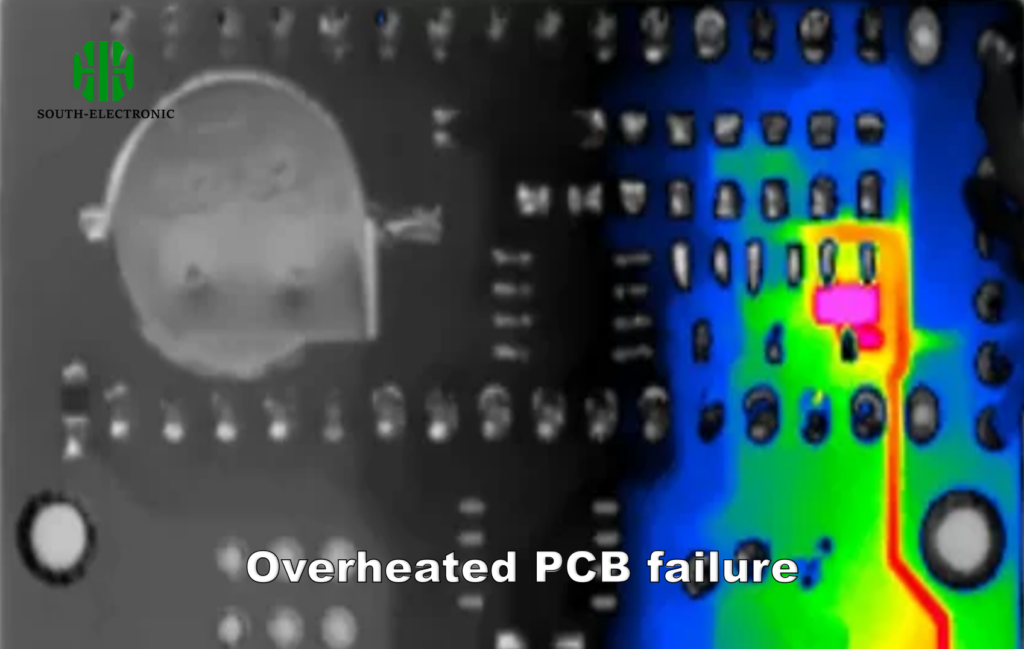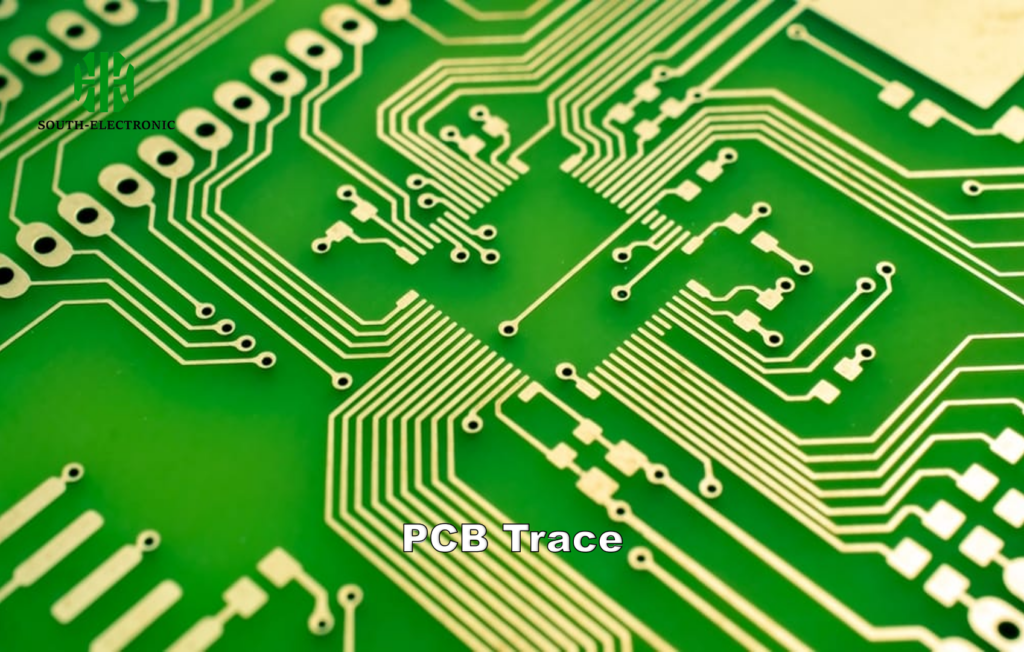You’re working on a PCB when devices suddenly fail. No burns, no smoke—just silence. That hidden fault steals hours and money without mercy.
To fix invisible PCB faults, systematically check power supply and ground connections first. Use magnification to find cracks or discoloration. For deeper issues, employ X-ray scrutiny or specialized cleaning solvents. I always trace corrosion under components where most eyes never look.

These silent failures frustrate every technician. But the repair journey starts by knowing root causes. Let me explain common failure points and repair tricks I use daily.
What is the main cause of PCB failure?
Your board dies unexpectedly. Errors cascade like dominoes—but why? Start tracing the source before repairs.
Moisture contamination and thermal stress cause 80% of hidden PCB failures. Trapped humidity oxidizes traces; overheating weakens solder joints. Both create defects invisible to unaided eyes.

Detecting Primary Failure Triggers
Focus on three areas when troubleshooting: environmental damage, electrical stress, and manufacturing flaws. I categorize them this way:
| Cause Type | Common Signs | Critical Areas |
|---|---|---|
| Environmental | Discoloration, bulging | Traces near connectors |
| Electrical | Charred vias, melted solder | Power regulation zones |
| Manufacturing | Cold solder joints, voids | IC pin clusters |
Environmental factors require humidity testing. I seal suspicious boards in a dry box overnight. Electrical faults demand current mapping with a thermal camera—hot spots reveal overworked circuits. For manufacturing flaws, I scrape suspected joints and reflow them. Always start inspection under 10x magnification near high-heat components. This layered approach identifies 90% of root causes I see in my workshop.
How much does it cost to repair a PCB?
You fear repair bills exceeding replacement costs. Costs aren’t fixed—complexity drives pricing.
Basic PCB repairs cost $50-$200 for trace fixes and component swaps. Complex multilayer boards with blind vias may exceed $500. Labor dominates 70% of expenses.

Breaking Down Repair Expenses
Cost fluctuates based on three variables: damage scope, board complexity, and technician rates. This table clarifies typical scenarios:
| Repair Tier | Actions Required | Cost Range | Time Needed |
|---|---|---|---|
| Level 1 | Single trace fix, cleaning | $50-$100 | <1 hour |
| Level 2 | IC rebooting / resoldering | $100-$300 | 1-3 hours |
| Level 3 | Multilayer trace repairs | $300-$800 | 3+ hours |
I charge based on documented inspection time plus materials. High-density boards require microsoldering stations costing thousands—this investment reflects in labor fees. Always get quotes detailing diagnostic time versus repair time. Cheapest quotes often miss hidden faults I find later. For consumer electronics, assess whether repairs exceed 50% of new-device cost first.
Can you repair PCB traces?
Broken traces feel fatal. But with care, even hairline fractures live again. I revive traces daily.
Yes, you can repair damaged traces using copper wiring, conductive ink, or jumper methods. Success depends on break location and tool precision. Avoid oversized repairs creating new shorts.

Trace Restoration Techniques
Effective repairs require matching technique to break severity. Follow this decision framework:
Minor Scratches (1mm)
- Scrape trace ends to expose copper
- Bridge with 30AWG Kynar wire
- Secure with micro-soldering (>450°C tip)
Burnt or Lifted Pads
- Use adhesive-backed replacement pads
- Route jumper wire to nearest test point
- Verify continuity at multiple angles
For multilayer breaks, I scrape inner layers using a surgical blade under 20x magnification. Thin wire bonding prevents capacitance issues. Always test resistance after repairs—values should match surrounding traces. My repair success rate exceeds 85% when using microscope guidance and post-repair insulation.
Conclusion
Hidden PCB faults demand systematic checks: inspect power systems, magnify damage signs, and escalate to X-ray when needed. Start simple—save complex repairs for proven issues.



